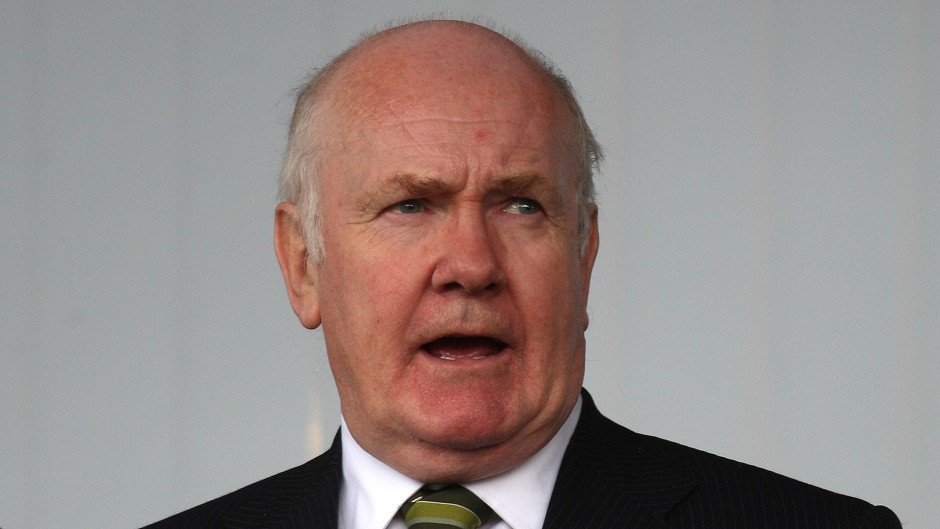Former Labour defence secretary John Reid speaks about defence implications for an independent Scotland.
The priority for any national government, no matter its political colour, is the safety of its citizens.
As it is for any UK Government, so too it would be for the government of a separate Scotland.
The key question for the nationalists is this: would the level of security currently enjoyed by the people of Scotland be improved, or even replicated, if we leave the UK?
The answer to that question from the experts is emphatically that it would not be.
As part of the UK, we benefit from a defence and security budget worth more than £34billion. Every single penny of that budget contributes to the protection of people living in Scotland.
That applies to all areas of our armed forces.
Whether it’s RECSYR – a Royal Navy task force working alongside Nordic nations, Russia and China to secure the safe transportation of chemical weapons out of Syria; RAF Boulmer in Northumberland – vital to the protection of the UK’s airspace; or the Black Watch, the 3rd Battalion of the Royal Regiment of Scotland based in Inverness.
A defence base in Edinburgh protects the whole of the UK in the same way that one in London or Cardiff does. It’s an integrated defence force that cannot be broken up easily.
Why would we want to swap a budget of £34billion for one less than one tenth its size, as the nationalists propose?
This budget also sustains thousands of jobs and boosts our economy. The defence industry in Scotland employs more than 12,000 people.
It’s not just large-scale programmes like the aircraft carrier at Rosyth that are vital to securing jobs.
The managing director of the National Hyperbaric Centre in Aberdeen recently confirmed being part of the UK is vital for his business because of the contracts it gets from UK institutions like the Ministry of Defence.
There is another defence case to be made for Scotland staying in the UK. It’s an emotional, patriotic case.
The people of our isles have stood shoulder to shoulder for more than 300 years in defence of our nation.
Those British forces, including my own father, who landed on the beaches in Normandy in 1944, didn’t care whether the person beside them was Scottish, English, Welsh or Irish.
They all came together to defeat the greatest threat to the freedoms we all take for granted today.
Those bonds of history shouldn’t be thrown away lightly.
That’s why we should say no thanks to separation.
